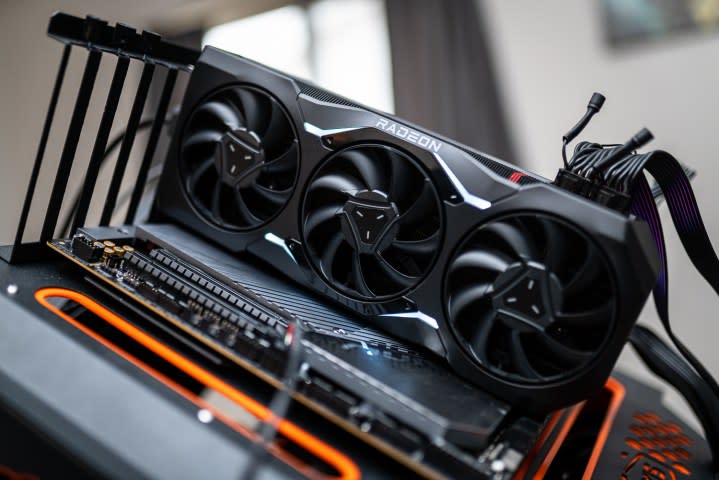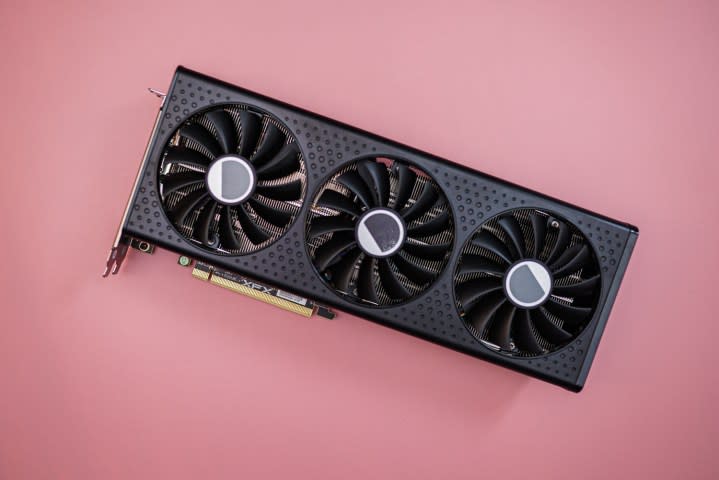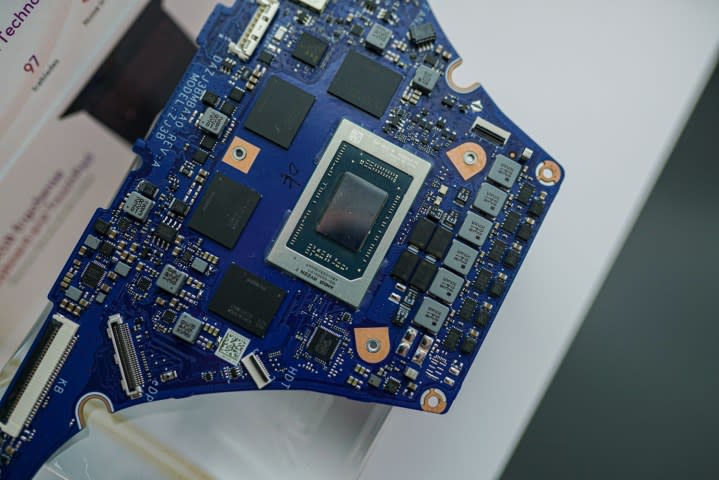AMD’s graphics card sales just took a nosedive

AMD may make some of the best graphics cards you can buy, but they aren’t selling well. In its financial results for the first quarter of 2024, AMD shared that gaming revenue was down 33% compared to the previous quarter, and down 48% compared to the same point last year.
In total, AMD brought in $922 million in its gaming segment in the first quarter. For reference, in Nvidia’s previous revenue report, it reported $2.9 billion for its gaming segment. AMD attributes the drop in revenue to “a decrease in semi-custom revenue and lower AMD Radeon GPU sales.”
The latter half of that explanation speaks for itself, but the decrease in semi-custom revenue is interesting. AMD is the driving force behind most gaming devices outside of a PC, including the PlayStation 5, Xbox Series X, and PC handhelds like the Asus ROG Ally and Lenovo Legion Go. As these devices start to age, AMD is likely feeling the impact of lower sales.
Graphics cards also play a big role here, however. At the beginning of the year, AMD released the RX 7600 XT, which wasn’t received well. In our RX 7600 XT review, we wrote: “The RX 7600 XT comes in at an affordable price, and with an impressive memory spec in tow, but it doesn’t put up the numbers to justify its spot among budget-focused GPUs.”

By contrast, Nvidia launched its RTX 40-series Super refresh at the beginning of the year, bringing some much-needed updates to three of Nvidia’s higher-end models and maintaining the critical breakpoints in price from $600 up. Unlike the previous generation, we haven’t seen a refresh from AMD this year, with the company instead relying on discounts on older GPUs like the RX 7900 XT. That’s good news for gamers, but clearly bad news for AMD’s graphics business.
Discussing the revenue, Jean Hu, wxecutive vice president of AMD, said the following as reported by Wccftech: “We actually think the second half [of the year] will be lower than first half. That’s basically how we’re looking at this year for the gaming business. And at the same time, Gaming’s gross margin is lower than our company average … Q2 game is down a lot.”

Although gaming revenue took a big hit, AMD is optimistic, and that mainly comes down to new Strix Halo CPUs. AMD reconfirmed that these laptop chips are arriving in the second half of the year and, according to AMD CE Lisa Su, it will mark a big turning point: “The AI PC products, when we look at the Strix products, it’s — they’re really well-suited for the premium segments of the market. And I think that’s where you’re going to see some of the AI PC content strongest in the beginning.”
Based on rumors surrounding Strix Halo chips, they look extremely powerful. Some early leaks suggest that the APUs could boast power on the same level as a PS5, and in something that could comfortably fit in a laptop. AMD hasn’t been shy about Strix Halo up to this point, so we’ll likely hear official details on the range soon.

